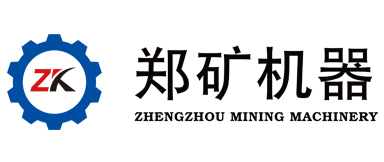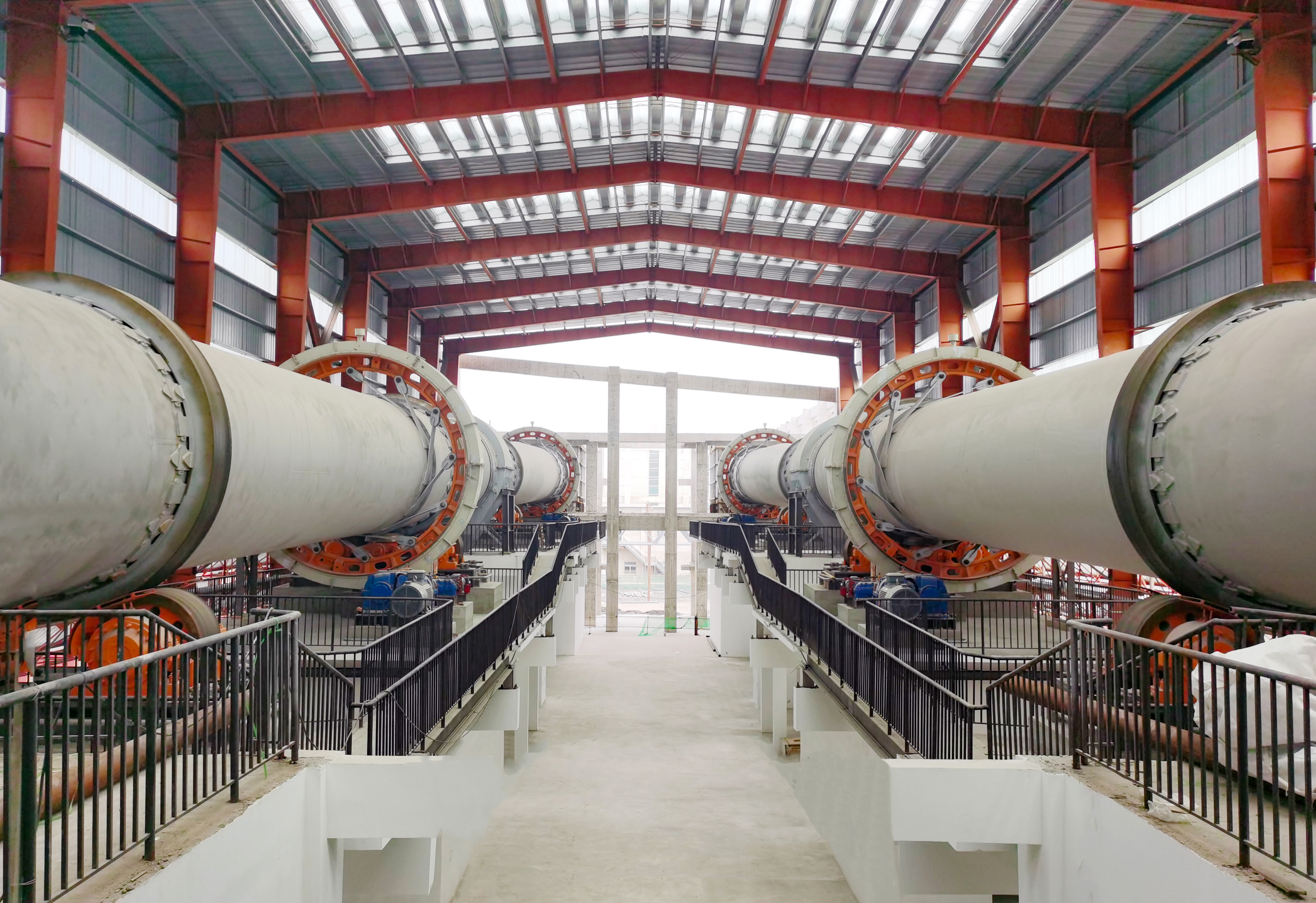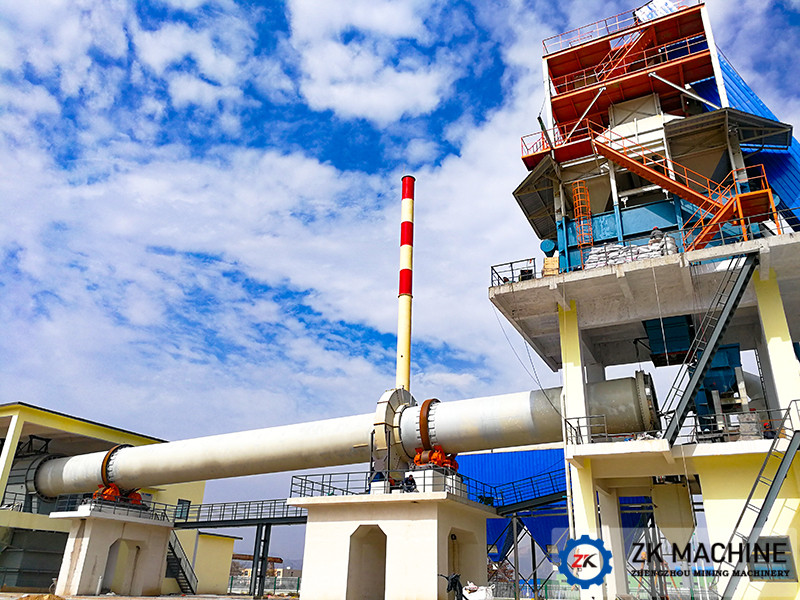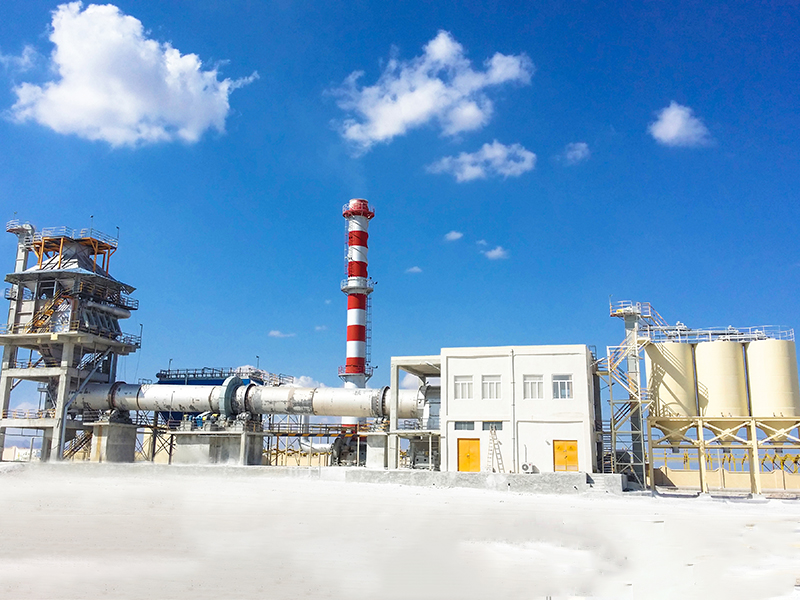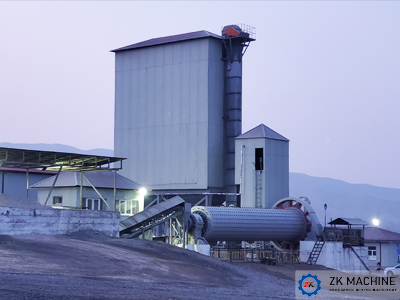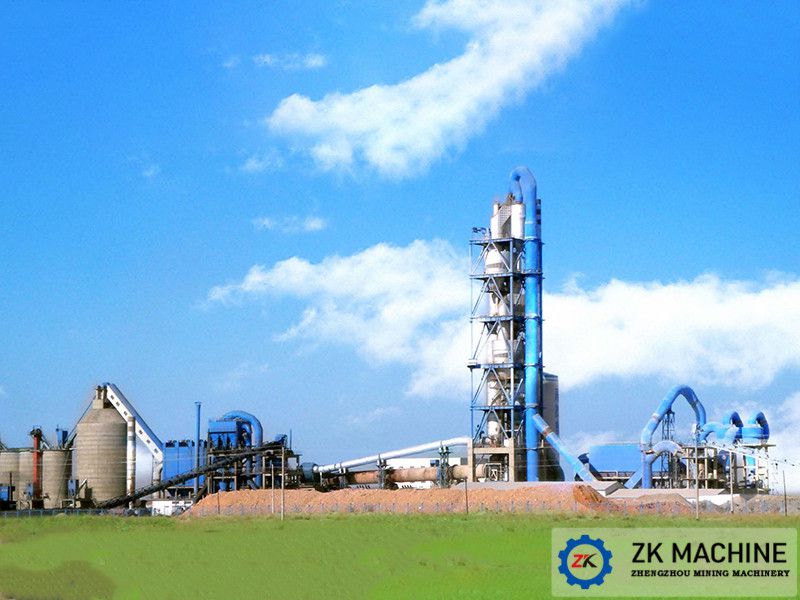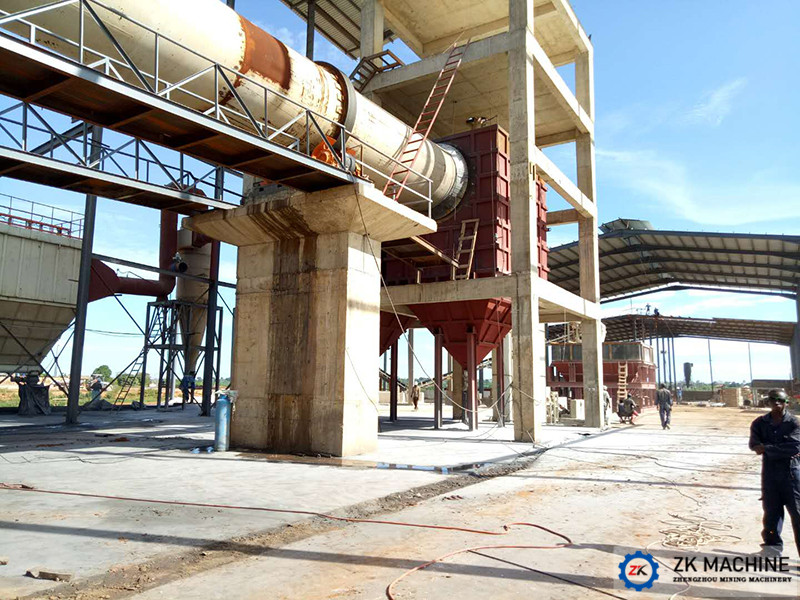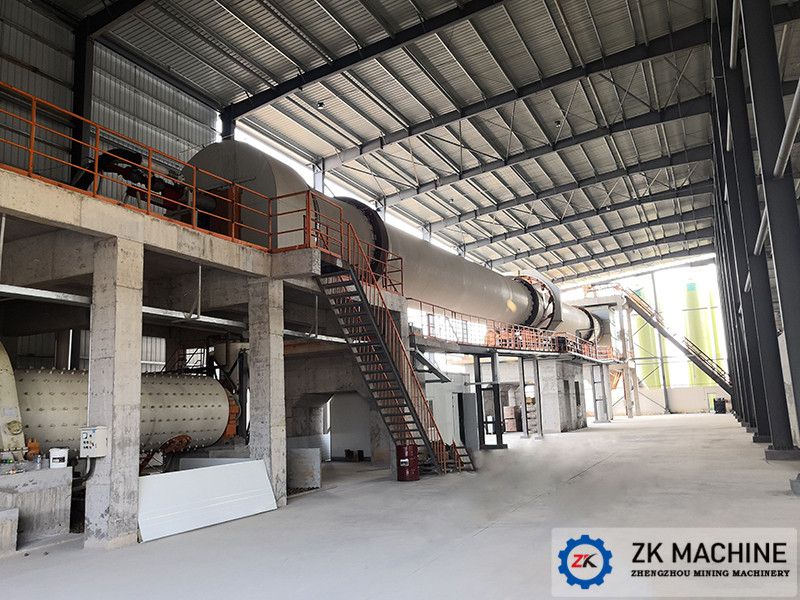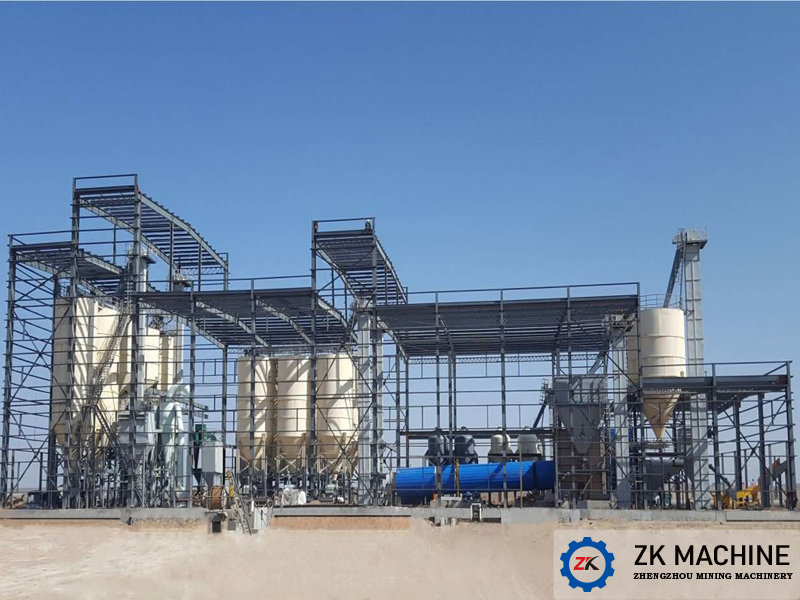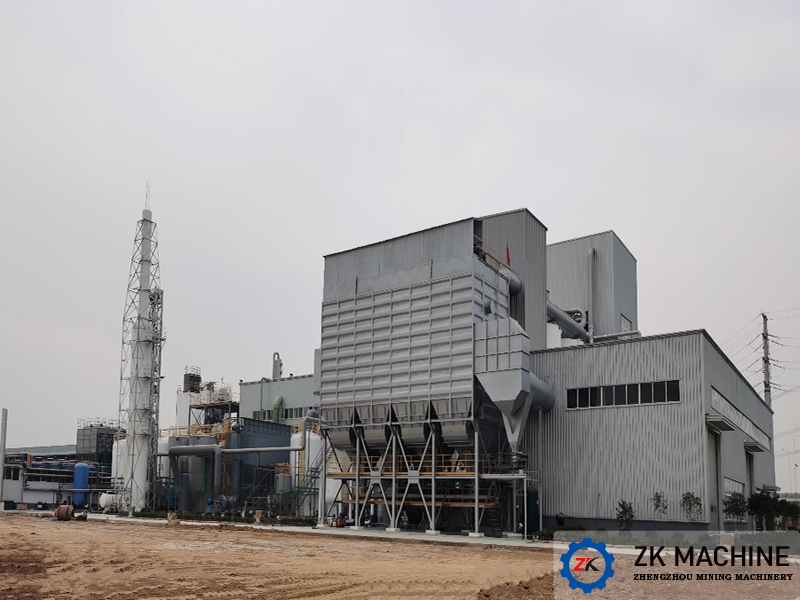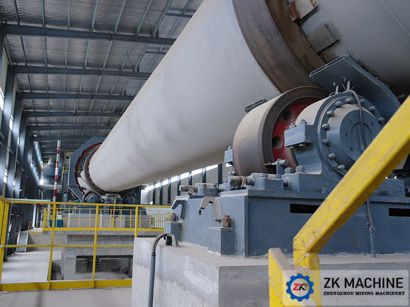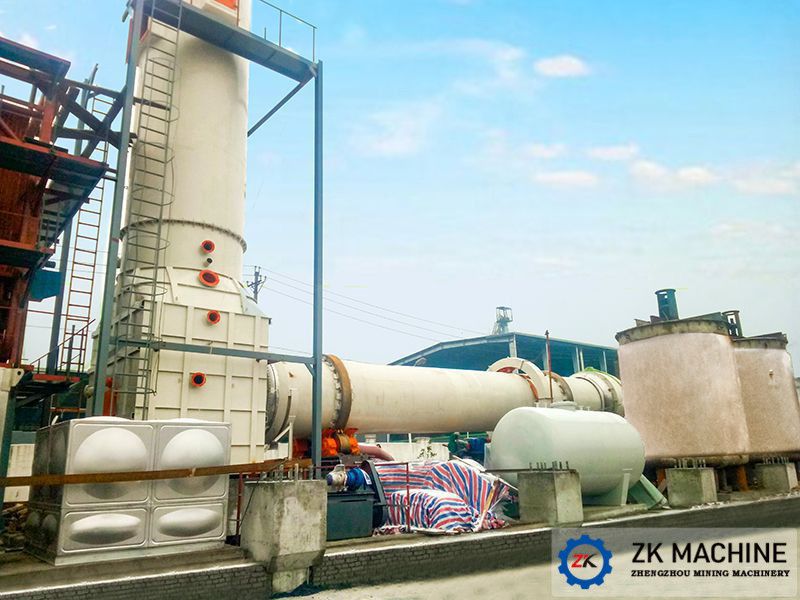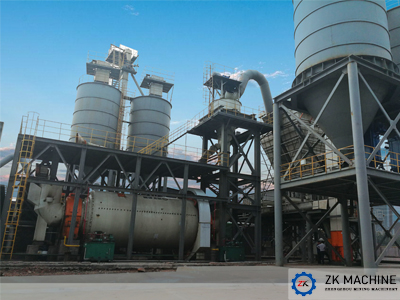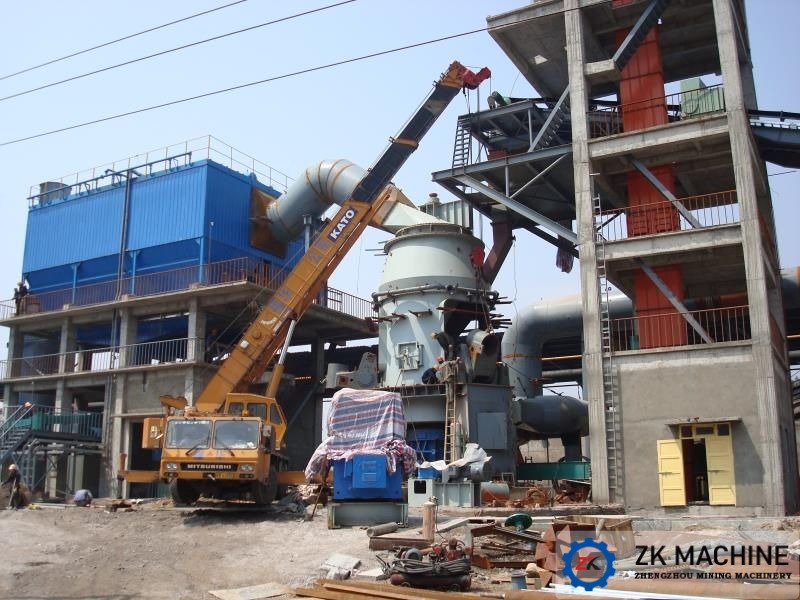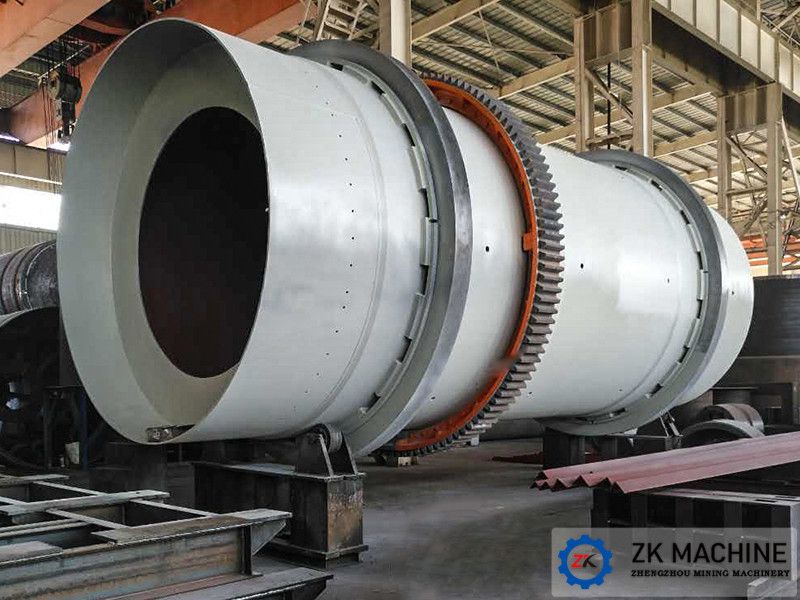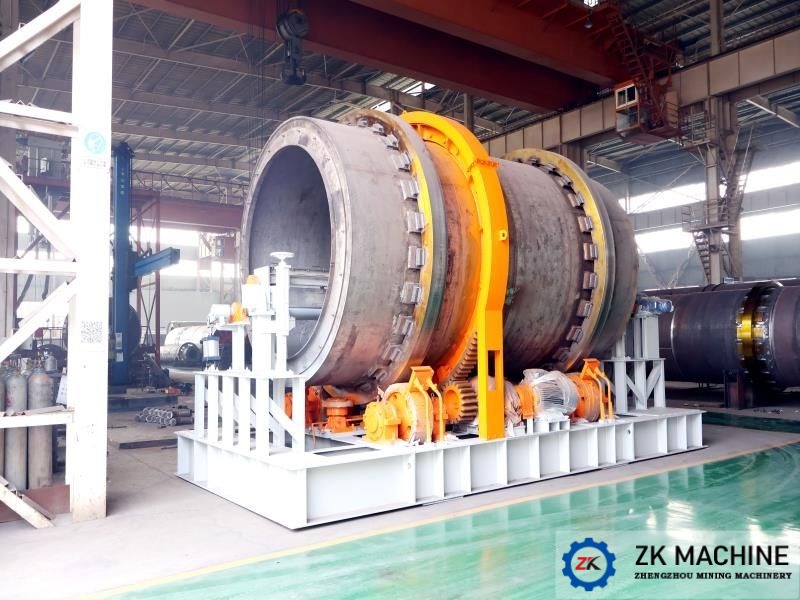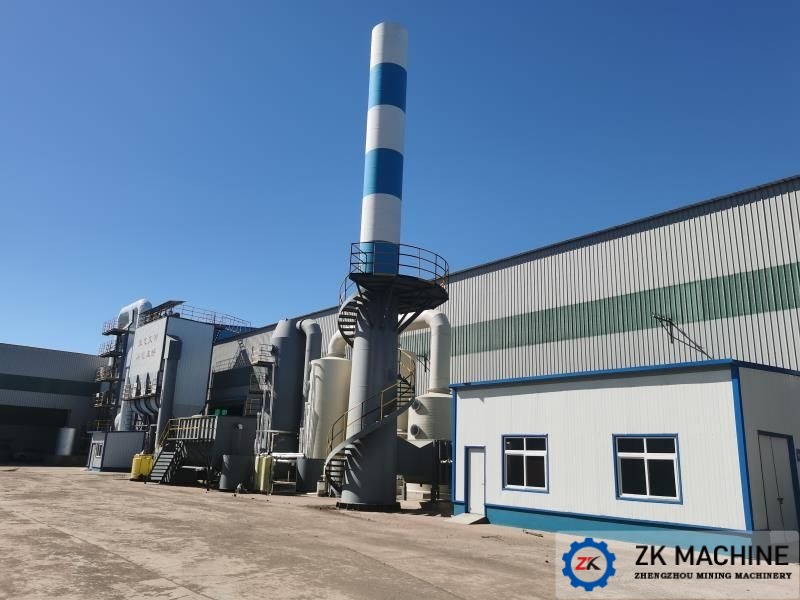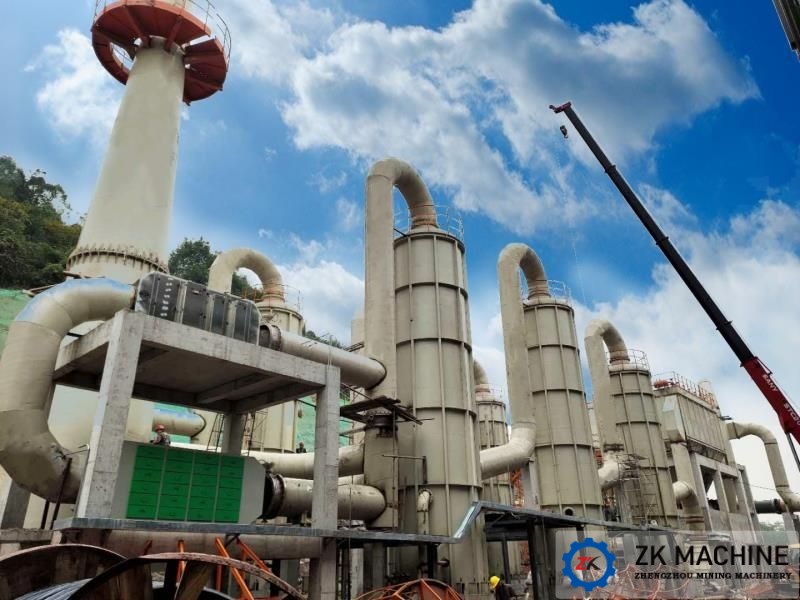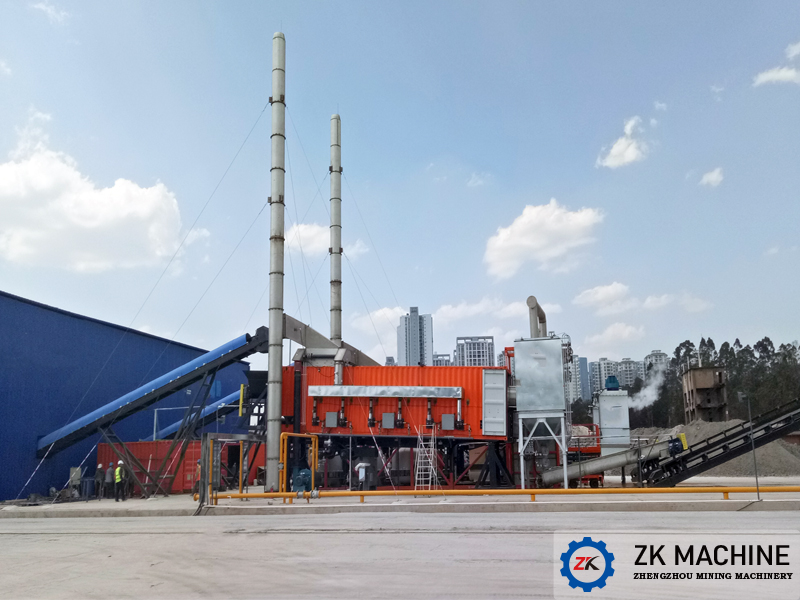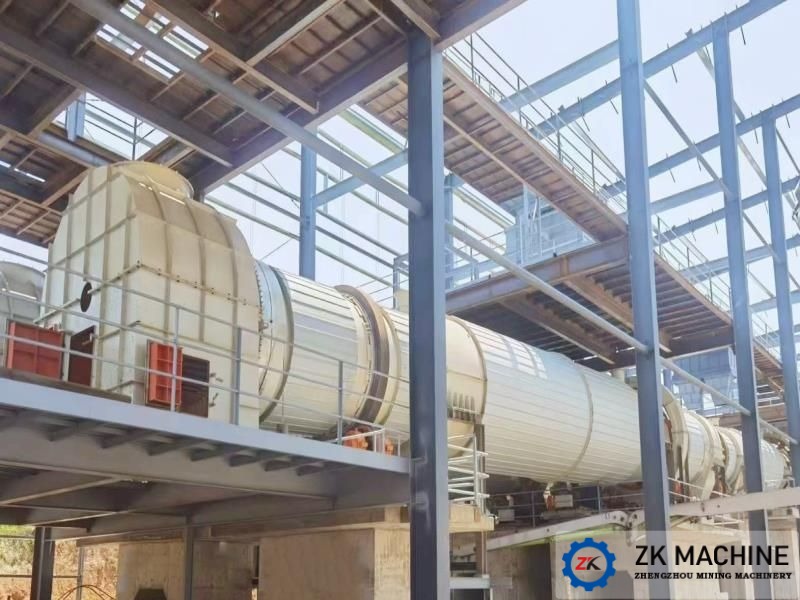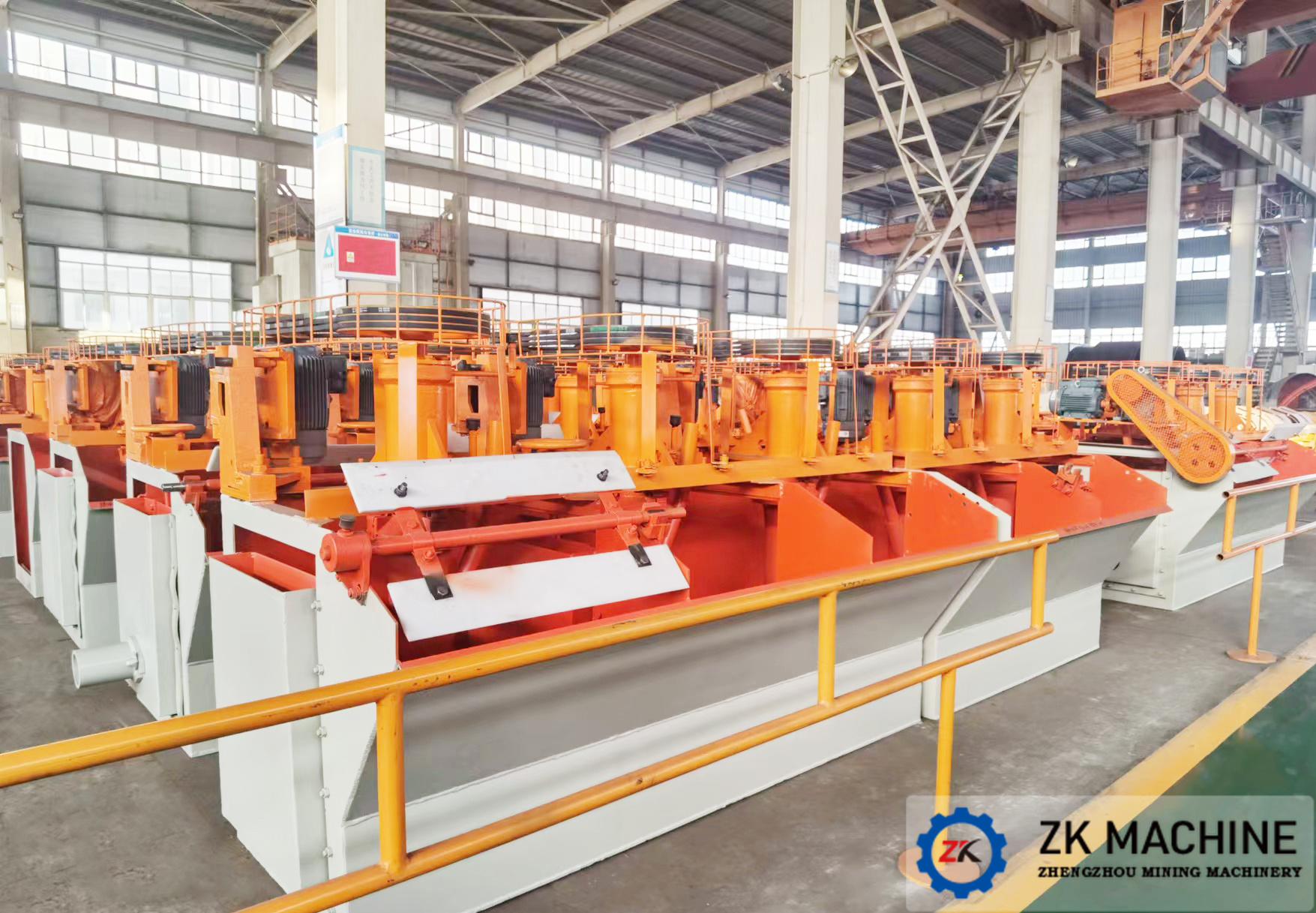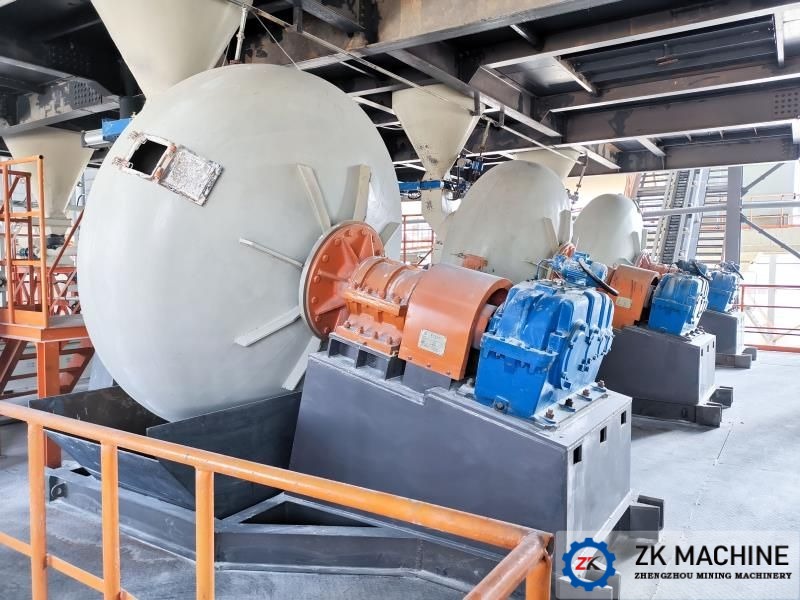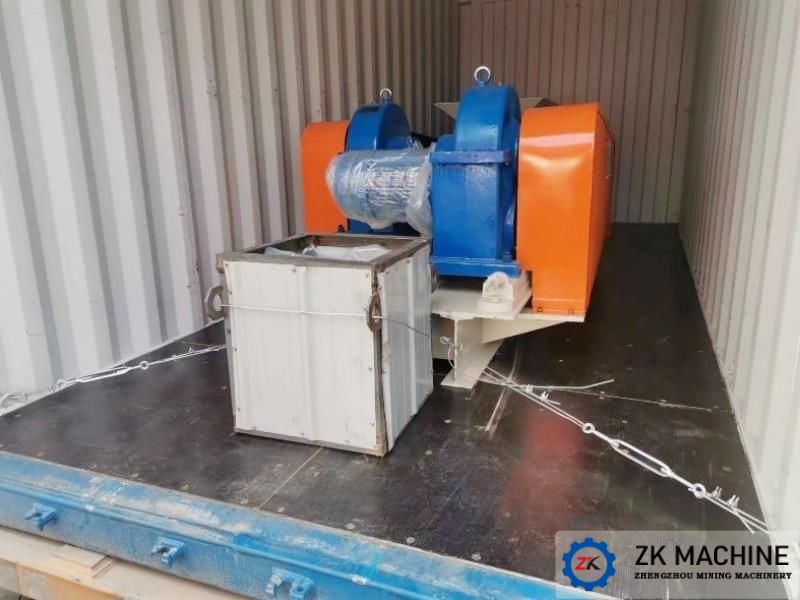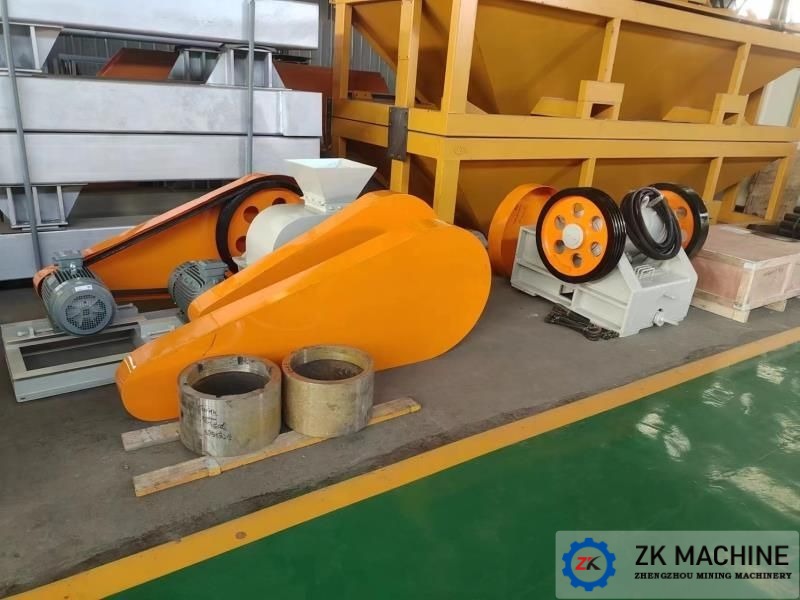Classification of Phosphogypsum and Introduction of Phosphogypsum Treatment Process
Phosphogypsum mainly has two kinds of gray-black and gray-white, and the crystal water content is 20% to 25%. Phosphogypsum is a solid waste produced in the wet phosphoric acid process, and its component is mainly calcium sulfate dihydrate. The composition of phosphogypsum is relatively complex. In addition to calcium sulfate, there are undecomposed phosphate rock, residual phosphoric acid, fluoride, acid insoluble matter, organic matter, etc. The existence of fluorine and organic matter has a greater impact on the resource utilization of phosphogypsum. . The random discharge and accumulation of phosphogypsum has seriously damaged the ecological environment, not only polluting groundwater resources, but also causing waste of land resources.
China is a country with a large population, and the development of agriculture plays a vital role in the country. Due to the lack of phosphorus nutrients in large areas of arable land in China, phosphorus fertilizers are extremely important to the development of agriculture. The growing trend, the corresponding output of phosphogypsum is also increasing. Phosphogypsum is mainly produced in the following three processes: wet-process phosphoric acid to produce calcium magnesium phosphate fertilizer and monoammonium phosphate; wet-process phosphoric acid to produce calcium hydrogen phosphate, calcium dihydrogen phosphate and phosphate; domestic wet-process phosphoric acid to produce phosphoric acid. Most of the phosphoric acid used in China is prepared by wet process. The wet-process phosphoric acid process is mainly to prepare phosphoric acid by reacting sulfuric acid and phosphate rock, and the wet-process process is used to produce phosphoric acid. Phosphogypsum is mostly plate-shaped. According to different production processes, the proportions of calcium sulfate dihydrate and calcium sulfate hemihydrate in phosphogypsum are also different, but the main composition is mainly calcium sulfate dihydrate, and also contains a small amount of phosphoric acid, fluorine, Organic matter and other impurities, and also contain some radioactive elements. Impurities in phosphogypsum refer to components other than calcium sulfate, including a small amount of undecomposed phosphate rock, residual phosphoric acid, and fluoride, acid-insoluble matter, iron-aluminum compounds, organic matter, and the like. According to the physical properties of impurities in phosphogypsum, impurities can be divided into three categories: one category is soluble impurities; the second category is insoluble impurities; the third category is radioactive impurities. Among them, soluble impurities do great harm to the environment, and infiltrate into the soil with rainwater to pollute the environment; for insoluble impurities, the impact is relatively weak.
Because phosphogypsum contains impurities such as phosphorus, fluorine and organic matter, before comprehensive utilization of phosphogypsum, it is necessary to pretreat phosphogypsum to remove its impurities and improve the physical and chemical properties of phosphogypsum. method and heat treatment. The chemical treatment method of phosphogypsum is to add chemical reagents and react with impurities to form precipitation, separation and removal, or to generate inert substances, which are removed in the post-processing process; the physical impurity removal methods mainly include water washing, flotation, ball milling, etc.; Phosphogypsum removes organic matter and eutectic phosphorus, and heat treatment is one of the effective ways to treat phosphogypsum.
After years of development, Henan Zhengzhou Mining Machinery Co., Ltd. has gradually developed from a single mechanical equipment manufacturer to a high-tech enterprise integrating scientific research, design, manufacturing, installation, commissioning, and guaranteeing operation. , building materials, mining and metallurgical technology and equipment complete system R & D and production capacity of the comprehensive company, and Zhengzhou University, China Aluminum Zhengzhou Research Institute, Henan Province Building Materials Design and Research Institute, Guangzhou University School of Materials, Tsinghua Dongguan Innovation Center and other domestic institutes The cooperation between the school and the research center is committed to the research and development of industrial solid waste disposal equipment and the energy-saving research of ceramsite equipment, so that "solid waste" can be harmless, reduced, and recycled.
